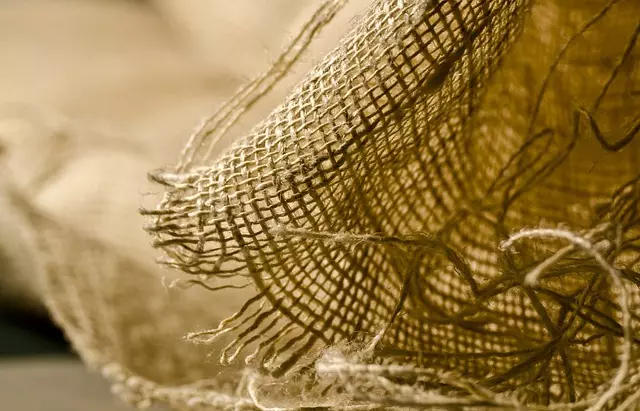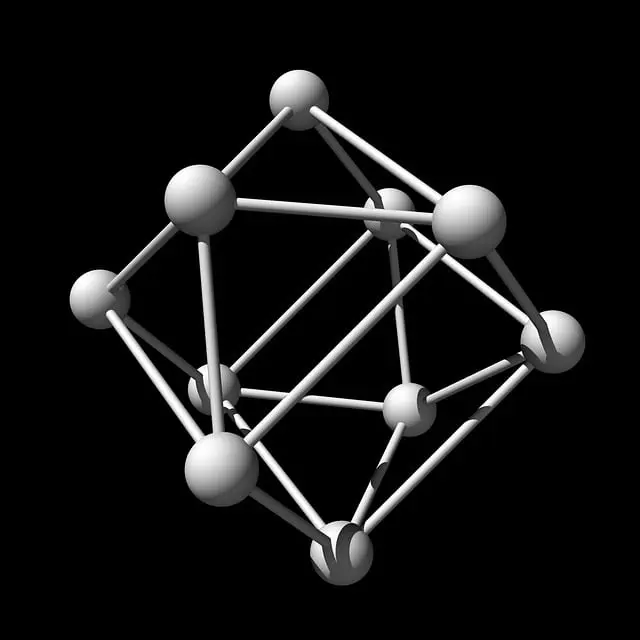Muscle soreness, particularly delayed onset muscle soreness (DOMS), often results from intense physical activity or new exercise routines. This condition involves microtrauma to muscle fibers and can range from mild to severe pain impacting daily activities. Kratom, a natural supplement derived from the Mitragyna speciosa plant, has been traditionally used in Southeast Asia for pain relief due to its active compounds mitragynine and 7-hydroxymitragynine, which may interact with opioid receptors. Growing kratom indoors can provide a consistent supply of its leaves, which are key for their potential pain-relieving properties. To successfully cultivate kratom indoors, one must mimic the plant's natural conditions with appropriate light, humidity, and soil types. This includes using full-spectrum LED grow lights to simulate sunlight for around 6 to 8 hours a day, maintaining a humidity range of 60 to 80 percent, and ensuring a balanced watering schedule and fertilization regimen. Integrating kratom as part of a comprehensive approach to muscle soreness management includes rest, proper nutrition, hydration, and possibly physical therapy, alongside its use as a supplement. It's important to consult healthcare professionals before incorporating kratom into any health regimen due to potential interactions with other substances or medications.
Muscle soreness can be a persistent challenge for individuals engaged in regular physical activity or those recovering from injury. Exploring natural remedies, kratom supplements have gained attention for their potential relief properties. This article delves into the science behind muscle soreness and how kratom might offer a solution. We’ll guide you through the process of cultivating your own kratom indoors, an approach that allows for consistent and controlled access to this natural compound. Additionally, we’ll discuss integrating kratom into a broader recovery regimen to enhance muscle healing and reduce discomfort effectively. Understanding the nuances of kratom and its role in muscle soreness relief can empower you with effective, natural strategies for recovery.
- Understanding Muscle Soreness and Kratom's Role in Relief
- Cultivating Your Own Kratom Indoors for Natural Muscle Soreness Management
- Integrating Kratom Supplements into a Comprehensive Muscle Soreness Relief Regimen
Understanding Muscle Soreness and Kratom's Role in Relief

Muscle soreness, often experienced after intense physical activity or exercise, can range from mild discomfort to severe pain that hinders daily functioning. This phenomenon, known as delayed onset muscle soreness (DOMS), is typically a result of microtrauma to the muscle fibers, which can occur when engaging in unaccustomed exercises or overexertion. Understanding the mechanisms behind muscle soreness is crucial for developing effective relief strategies. Enter kratom, a plant-based supplement derived from the leaves of Mitragyna speciosa, which has been traditionally used in Southeast Asia for its medicinal properties. Kratom contains alkaloids such as mitragynine and 7-hydroxymitragynine, which are believed to interact with the body’s opioid receptors, potentially providing pain relief. For those interested in utilizing kratom for muscle soreness relief, growing kratom indoors offers a controlled environment to cultivate this plant. Indoor kratom cultivation requires careful attention to factors like light, humidity, and soil quality to ensure the plants thrive and produce the desired alkaloids. When used responsibly and as directed, kratom supplements may help alleviate muscle soreness by modulating pain signals and reducing inflammation, allowing individuals to maintain their exercise regimens without the impediment of discomfort. It’s important to consult with healthcare professionals when incorporating kratom into one’s health routine to ensure safety and efficacy, especially considering its potential interactions with other substances and medications.
Cultivating Your Own Kratom Indoors for Natural Muscle Soreness Management

Kratom, a tropical evergreen tree native to Southeast Asia, has garnered attention for its potential role in natural muscle soreness relief. For those intrigued by its properties but living outside its native regions, cultivating kratom indoors presents an intriguing opportunity to have a personal supply. Indoor cultivation of kratom can be a rewarding endeavor, offering both the satisfaction of nurturing the plant and the convenience of having it on hand for its beneficial effects. The process begins with securing the right strain of kratom seeds, which can be sourced from reputable vendors specializing in indoor-friendly varieties. These seeds require specific conditions to thrive: consistent warmth, high humidity, and well-draining soil rich in organic matter.
To successfully grow kratom indoors, it is essential to replicate its natural environment as closely as possible. This involves managing light exposure carefully with full-spectrum LED grow lights that mimic natural sunlight, as kratom plants need around 6 to 8 hours of light daily. Additionally, maintaining optimal humidity levels, typically between 60 to 80 percent, is crucial for healthy plant growth. Regular watering, ensuring the soil remains moist but not waterlogged, and nutrient-rich fertilization tailored to the kratom’s growth stages will further support robust plant development. With diligent care and attention, your indoor kratom crop can provide you with fresh leaves that may be used as a natural supplement for managing muscle soreness. As with any herbal remedy or supplement, it is advisable to consult with a healthcare professional before incorporating kratom into your wellness regimen.
Integrating Kratom Supplements into a Comprehensive Muscle Soreness Relief Regimen

Integrating kratom supplements into a comprehensive muscle soreness relief regimen can be an effective approach for those experiencing acute or chronic discomfort. Kratom, derived from the Mitragyna speciosa tree, has been traditionally used in Southeast Asia for its potential pain-relieving and mood-enhancing properties. For individuals looking to cultivate kratom indoors, it’s crucial to mimic the plant’s natural environment, ensuring it receives ample sunlight, proper humidity, and well-draining soil. This attention to the plant’s growing conditions can maximize its potency and efficacy for use as a supplement in muscle soreness management.
When considering the integration of kratom into a relief regimen, it’s important to approach this holistically. A balanced approach may include rest, proper nutrition, hydration, and perhaps physical therapy alongside kratom supplementation. The alkaloids found in kratom leaves, such as mitragynine and 7-hydroxymitragynine, are believed to interact with the body’s opioid receptors, potentially providing analgesic effects. This synergy of natural cultivation and supplementation can offer a more comprehensive solution for muscle soreness relief, allowing individuals to maintain an active lifestyle without being hindered by discomfort.
Muscle soreness can be a significant hindrance to one’s active lifestyle, yet addressing it with natural supplements like kratom offers a promising avenue for relief. This article has explored the mechanisms behind muscle soreness and how kratom, particularly when cultivated indoors, can play a pivotal role in alleviating discomfort. By integrating kratom into a broader relief regimen, individuals may experience improved recovery times and enhanced well-being. For those interested in self-sufficiency, growing kratom indoors presents a viable option to consistently access this natural supplement. As such, incorporating kratom as part of a holistic approach to muscle soreness management can be a valuable addition to any health regimen.






